Dolven Pediatrik Syrup
Dolven Pediatrik Syrup takes center stage as a vital medication in pediatric care, wielding the potency of Ibuprofen as its active ingredient. This comprehensive overview delves into its composition, indications, precautions, and the nuanced realm of benefits it unfolds.
| Dosage form | |
|---|---|
| Pack size | |
| Potency | 100 Mg/5Ml 100Ml |
| Manufacturer | |
| Origin | |
| Generic Name (Ingredient) | Each 5 Ml Scale Contains 100 Mg Ibuprofen. |
Assuming your emergency circumstances for this product, visit Urgent Quotation page. Besides, for any pharmaceutical questions, please ask us in the comments section.
Description
Composition
Embark on a journey through Dolven Pediatrik Syrup’s composition, where Ibuprofen stands as the pharmacological protagonist. Within each 5 ml, a measured 100 mg of Ibuprofen harmonizes with auxiliary substances like Sodium Benzoate, Sodium Saccharin, Sorbitol, Citric Acid Monohydrate, Polysorbate 80, Blanose CMC 12M31P, Microcrystalline Cellulose, Sodium Carboxymethyl Cellulose, Orange Oil, Sunset Yellow (E110), Quinoline Yellow (E104), and Purified Water.
| Components | Dosage per 5 ml |
|---|---|
| Ibuprofen | 100 mg |
| Sodium Benzoate | – |
| Sodium Saccharin | – |
| Sorbitol | – |
| Citric Acid Monohydrate | – |
| Polysorbate 80 | – |
| Blanose CMC 12M31P | – |
| Microcrystalline Cellulose | – |
| Sodium Carboxymethyl Cellulose | – |
| Orange Oil | – |
| Sunset Yellow (E110) | – |
| Quinoline Yellow (E104) | – |
| Purified Water | – |
Indications
Dolven Pediatrik Syrup emerges as a versatile solution for children aged 6 months and older, addressing the spectrum of needs:
- Short-term reduction of fever
- Short-term relief of mild to moderate pain
- Treatment of symptoms of Juvenile Arthritis
Precautions
Before embracing Dolven Pediatrik Syrup, meticulous precautions pave the way:
- Allergies: Avoid if allergic to Ibuprofen or any auxiliary substances.
- Previous Allergic Reactions: Exercise caution in the presence of prior reactions to Ibuprofen, Aspirin, or other NSAIDs.
- Gastrointestinal Conditions: Restrict usage in cases of bleeding, ulcers, or inflammatory bowel diseases.
- Cardiac and Renal Health: Exercise prudence in cases of heart or kidney failure.
Side Effects
Explore the potential side effects of Dolven Pediatrik Syrup, categorized into common and serious manifestations. From commonplace occurrences like dizziness to critical indicators demanding immediate medical attention, a nuanced understanding ensures informed usage.
| Common Side Effects | Serious Side Effects |
|---|---|
| Dizziness, drowsiness | Chest pain, weakness, shortness of breath, slurred speech |
| Stomach upset | Black, bloody, or tarry stools, coughing up blood, or vomit resembling coffee grounds |
| Constipation | Swelling or rapid weight gain |
| Blurred vision | Urinating less than usual or not at all |
| Dry mouth/nose/throat |
Onset of Action
Dolven, fueled by Ibuprofen, swiftly initiates its action post-administration. The exact onset varies based on metabolism, formulation, and the treated condition. Users typically experience pain relief within a few hours.
Dolven Pediatrik Syrup Benefits
Dolven Pediatrik Syrup unfolds a tapestry of benefits, encompassing:
- Pain Relief: Effectively alleviates mild to moderate pain, spanning headaches, dental pain, muscle aches, and arthritis.
- Fever Reduction: Swiftly reduces fever, offering comfort during illnesses.
- Juvenile Arthritis Treatment: Addresses symptoms, mitigating pain and inflammation.
- Ease of Administration: The syrup form facilitates easy use, especially for children.
Dosage Guidelines
Navigate the intricacies of Dolven Pediatrik Syrup dosage, intricately tailored to the child’s weight and the condition at hand. From general dosages to specific guidelines for Juvenile Arthritis, a healthcare professional’s counsel ensures accurate administration.
| Condition | Dosage |
|---|---|
| General Dosage | 20 mg per kg body weight daily, not exceeding 500 mg for children weighing less than 30 kg |
| Juvenile Arthritis | 30 to 40 mg/kg/day, divided into three to four doses for effective treatment. Milder cases may respond to 20 mg/kg/day |
Interactions
Unravel the intricacies of Dolven Pediatrik Syrup interactions, spanning drug-drug, drug-food, and drug-condition dynamics. From potential bleed risks with blood-thinning drugs to cautionary notes about alcohol consumption, a comprehensive understanding ensures safe usage.
| Interaction Type | Examples |
|---|---|
| Drug-Drug Interactions | Blood-thinning drugs, other NSAIDs, antihistamines |
| Drug-Food Interactions | Alcohol consumption |
| Drug-Condition Interactions | Conditions like high blood pressure, impacting medication suitability |
Conclusion
In the realm of pediatric care, Dolven Pediatrik Syrup emerges as a reliable ally. From its meticulously crafted composition to the diverse benefits it bestows, Dolven stands as a testament to pharmaceutical precision. However, the path to optimal pediatric health is paved in collaboration with healthcare providers, ensuring every dosage resonates with the symphony of well-being.
Note: This article serves as an informative guide and does not replace professional medical advice. Always consult with healthcare professionals for personalized guidance
Use the form below to report an error
Please answer the questions as thoroughly and accurately as possible. Your answers will help us better understand what kind of mistakes happen, why and where they happen, and in the end the purpose is to build a better archive to guide researchers and professionals around the world.
The information on this page is not intended to be a substitute for professional medical advice, diagnosis, or treatment. always seek the advice for your physician or another qualified health provider with any questions you may have regarding a medical condition. Always remember to
- Ask your own doctor for medical advice.
- Names, brands, and dosage may differ between countries.
- When not feeling well, or experiencing side effects always contact your own doctor.
Cyberchondria
The truth is that when we’re sick, or worried about getting sick, the internet won’t help.
According to Wikipedia, cyberchondria is a mental disorder consisting in the desire to independently make a diagnosis based on the symptoms of diseases described on Internet sites.
Why you can't look for symptoms on the Internet
If diagnoses could be made simply from a textbook or an article on a website, we would all be doctors and treat ourselves. Nothing can replace the experience and knowledge of specially trained people. As in any field, in medicine there are unscrupulous specialists, differences of opinion, inaccurate diagnoses and incorrect test results.

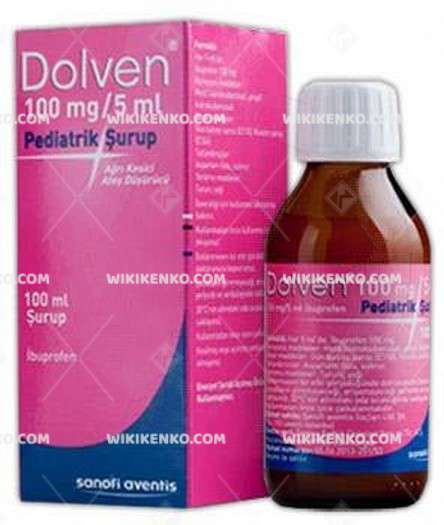
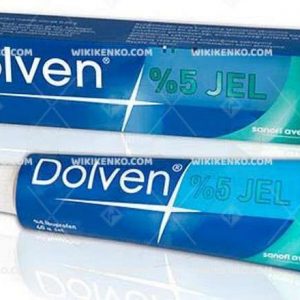

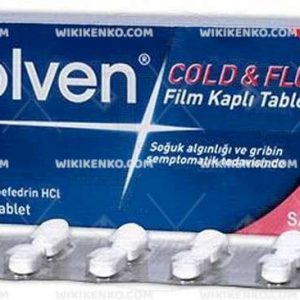
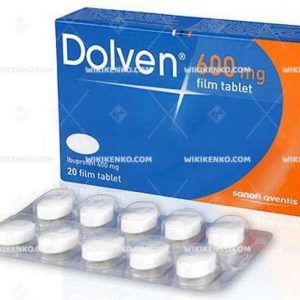
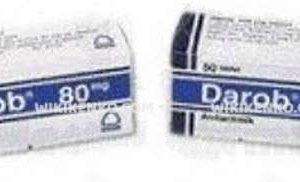
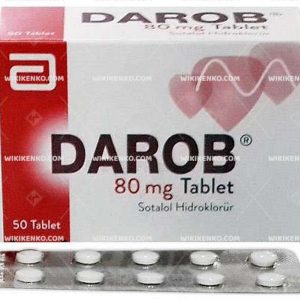
Reviews
There are no reviews yet.